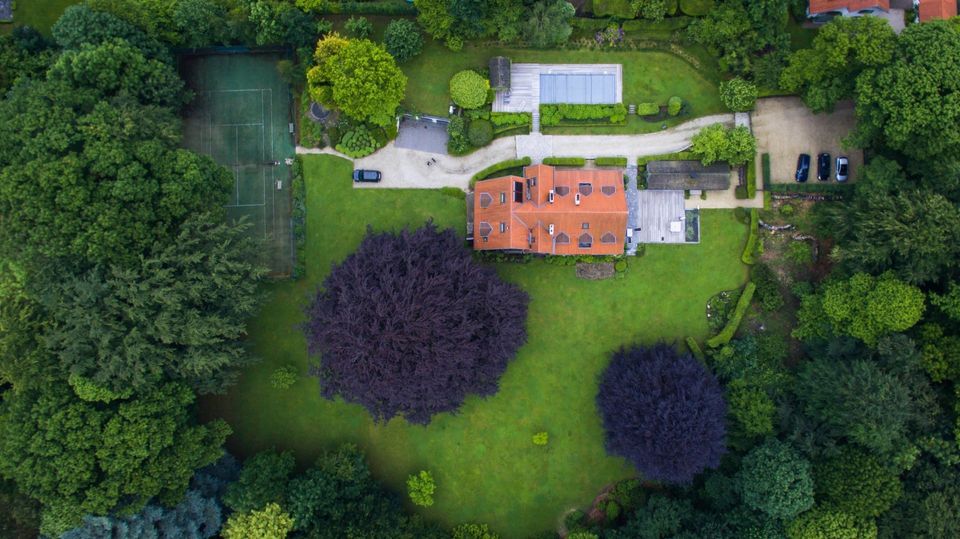3 Biggest Dangers of Wild Animals In Your Yard
And How to Keep Them Out
It's always a little thrill to see a wild animal in your yard, especially if you live in an urban area where it's not common. But animals on your property can have some risks, and may even be a little dangerous in some cases.
Animals Cause Property Damage
The biggest danger of wild animals in the yard is the damage they can do. From the tiniest shrew up to a big fat raccoon, any animal can still be destructive. And this damage can be pretty diverse. Rodents and rabbits can chew up bedding plants, dig up flower beds, and gnaw their way into the house for more mischief. Raccoons can do the same, as well as break open bird feeders and dismantle your outside trash can. Skunks can also get into the garbage but aren't as skilled getting cans open.
Injury or Attack Caused by Wild Animals
To be clear, most wild animals that you might encounter in your yard are fundamentally harmless. Even some of the less common species like bear or mountain lion aren't likely to attack a person unless provoked. Even so, the idea that you can get hurt by an animal is always a possibility, especially if they are ill (more on that below).
Healthy animals can possibly hurt you if you startle them in a burrow, approach when they have young ones nearby or if you are trying to capture or pick them up. Porcupines don't literally shoot their quills and will only be a danger if you are foolish enough to rush one or try to grab it. This is more likely with a nosy dog.
And don't forget the somewhat unique danger with a passing skunk. Though not technically an injury, getting sprayed by one is far from pleasant.
Animals in Your Yard May Carry Disease
Lastly, we have disease, which is somewhat tied to the last point but should be discussed more detailed on its own. Wild animals can carry a number of diseases that will make an otherwise minor scratch or bite quite serious. Rabies is one that probably comes to mind, and is a very serious danger to anyone in your family as well as your pets. Any pets that spend time outdoors should be vaccinated, to be on the safe side. The most likely wild animals to possibly have rabies are bats, raccoons, and skunks, and they can only spread it through bites. Just being near a sick animal will not spread rabies.
Animals like mice or rats can also carry several diseases like Hantavirus that can spread to people just through contact with their feces, so you definitely need to be careful if you find nests in your home. Even just breathing in the dust can be dangerous.
Canine distemper is another possible danger, though it is only carried by carnivores like raccoons, skunks or foxes (no rodents). Humans aren't at risk but your cats and dogs are. Like rabies, there are vaccinations available for your outside pets.
Protect Your Property and Keep Animals Out
No matter which of these three risks are the most likely for your circumstances, it's a good idea to plan a little protection for your yard. Though some animals can be kept out with a fence, most can either climb over or burrow under one.
Instead, the right scented product can easily scare any of these pests away by mimicking the smell of a predator. You do need to figure out which animals you are trying to avoid, so you can find the right repellent pack. Use as directed along your property border, and you will hopefully have fewer dangers to worry about with local wild animals.
Critter Repellent All Natural Animal Repellent Blog













